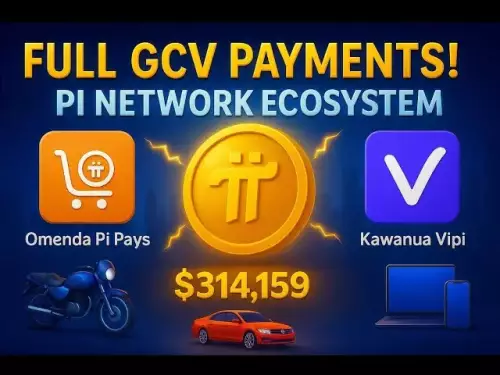Tether discontinues USDT redemptions on legacy blockchains to optimize infrastructure and prioritize scalable networks. What does this mean for the future of stablecoins?

Tether's USDT: Sunsetting Legacy Chains and Shifting Focus
Tether is streamlining its USDT stablecoin, discontinuing support on five 'legacy' blockchains (Omni Layer, Bitcoin Cash SLP, Kusama, EOS, and Algorand) starting September 1, 2024. This move is about optimization and aligning with current usage trends. But what's the real deal?
Why the Change?
Tether's decision boils down to infrastructure optimization. These older blockchains, while important in USDT's early days, have seen a significant drop in usage. By sunsetting support, Tether can focus resources on more active and scalable platforms.
Paolo Ardoino, Tether's CEO, put it best: adapting to the evolving digital asset ecosystem means focusing on platforms with greater scalability, developer activity, and community engagement.
The Impact and What to Do
If you're holding USDT on these affected blockchains, don't panic. Tether advises redeeming your tokens or requesting issuance on supported networks before the September cutoff. Third-party services can help with migration if you're not directly served by Tether.
Looking Ahead: Gold, Reserves, and the Bigger Picture
Interestingly, Tether isn't just streamlining blockchains. They're also diversifying their reserves. Recently, they moved a massive amount of gold—around 80 tons—into a private vault in Switzerland. This isn't just about cost savings; it's about securing assets and having more control. Tether's gold reserves are now comparable to the precious metals holdings of major banks, showing how they are managing their assets.
While gold is a small portion of Tether's overall reserves (which include a hefty amount of US Treasury bonds), the move signals a desire to diversify. This mirrors a broader trend of central banks, especially in BRICS nations, increasing their gold holdings.
The Future of USDT
Tether's moves reflect the need for stablecoins to be reliable and scalable. By focusing on high-throughput blockchains and fostering developer activity, Tether is positioning USDT to remain competitive in the crowded stablecoin market.
Final Thoughts
So, there you have it. Tether's cleaning house, focusing on what works, and diversifying its assets. It's all about staying ahead in the wild world of crypto. And who knows, maybe one day we'll all be trading with gold-backed stablecoins. Until then, keep your USDT close and your eyes on the blockchain!
Disclaimer:info@kdj.com
The information provided is not trading advice. kdj.com does not assume any responsibility for any investments made based on the information provided in this article. Cryptocurrencies are highly volatile and it is highly recommended that you invest with caution after thorough research!
If you believe that the content used on this website infringes your copyright, please contact us immediately (info@kdj.com) and we will delete it promptly.























































































